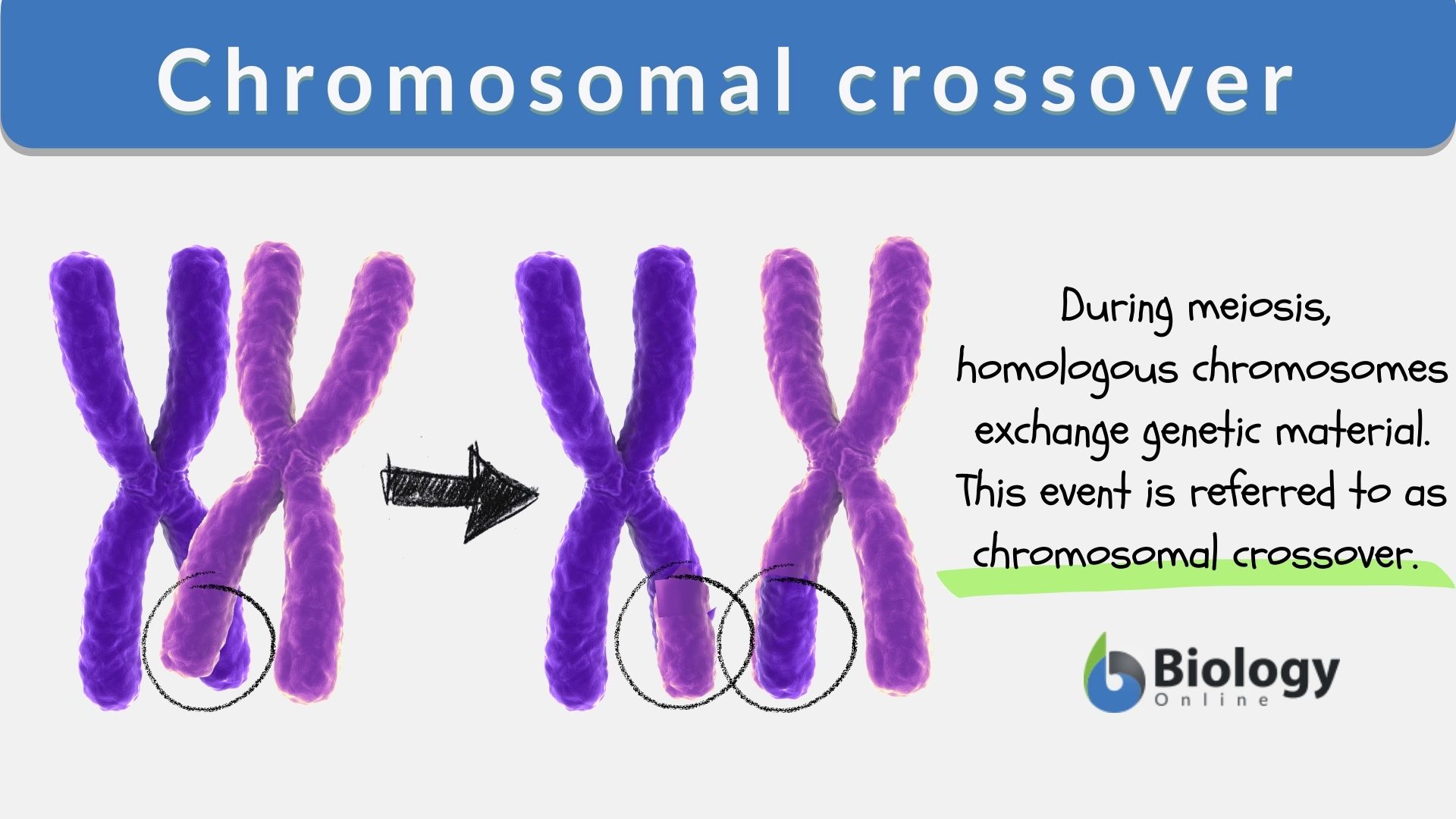

is real and, although observed for several causes of death, operates principally through varying trajectories of heart disease mortality. Findings portray a more elaborate set of influences of causes of death than has been discovered heretofore however, the major finding is that the mortality crossover for Whites and Blacks in the U.S. The black-white crossover: Investigation from the perspective of the components of aging. In any case, the potential existence of the racial mortality crossover effect means that, when studying race differences in mortality among older adults, it is. 1979), is that they highlight the central logic of mortality selection as a cause of mortality crossovers: a crossover can occur because. adult all-cause mortality, emphasizing how cohort effects condition age-specific estimates of mortality risk. The contribution of conventional mortality selection models with a single dimension of fixed heterogeneity, including Vaupel and Yashin’s classic model in Heterogeneity’s Ruses as well as gamma-Gompertz models (e.g., Gampe 2010 Vaupel et al. at ages 55 and over, supplemented by comparable data from matched records of the National Health Interview Survey and National Death Index, to reexamine causes of death linked to mortality crossovers for Whites and Blacks in the U.S. In this article, I examine the black-white crossover in U.S. We use mortality data from the National Center for Health Statistics for the U.S. Other researchers attribute crossovers to selective processes by age that vary by group. at ages 55 and over, supplemented by comparable data from matched records of the National Health Interview Survey and National Death Index, to reexamine causes of death linked to mortality crossovers for Whites and Blacks in the U.S. Some researchers have argued that crossovers are an artifact of deficient reporting of age that is greater for some populations than others. Methodology/Principal Findings We used daily data on climate, air pollution, and emergency hospital admissions in Brisbane between January 1996 and December 2005 and mortality between January 1996 and November 2004. We use mortality data from the National Center for Health Statistics for the U.S.

The phenomenon of "mortality crossovers," the intersection of age curves of mortality at older ages, has been observed in comparisons of various populations for some time.


 0 kommentar(er)
0 kommentar(er)
